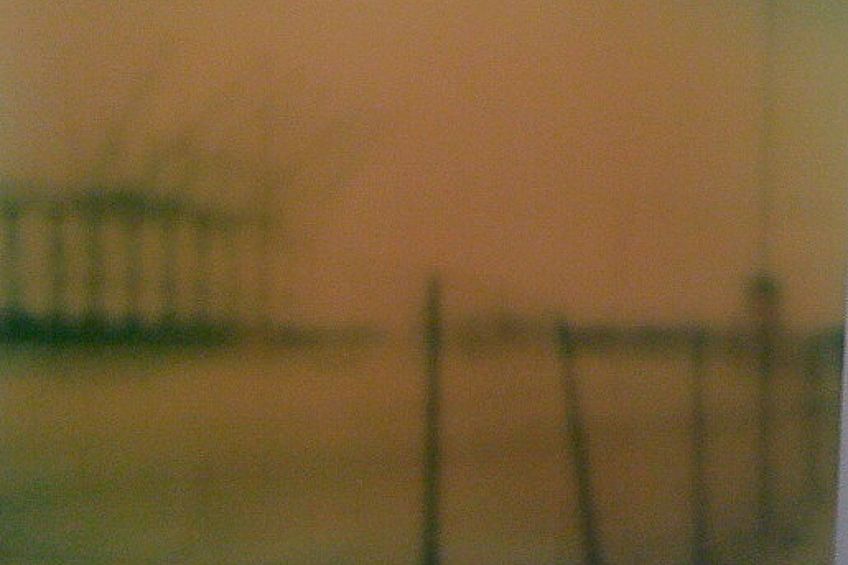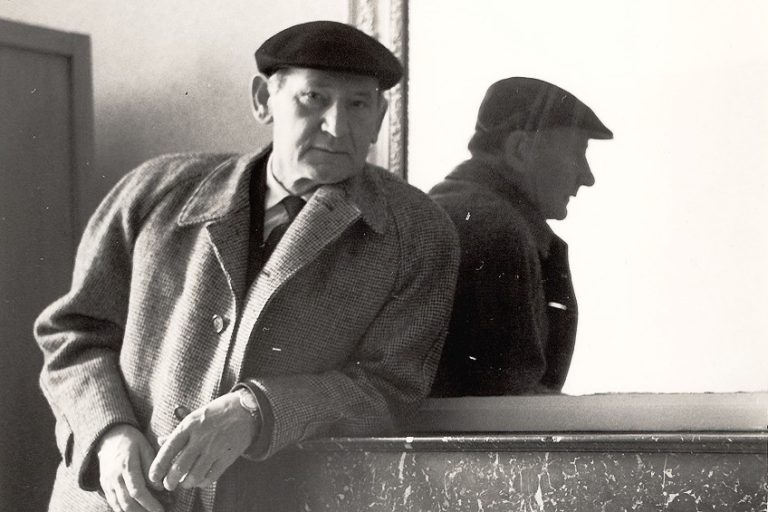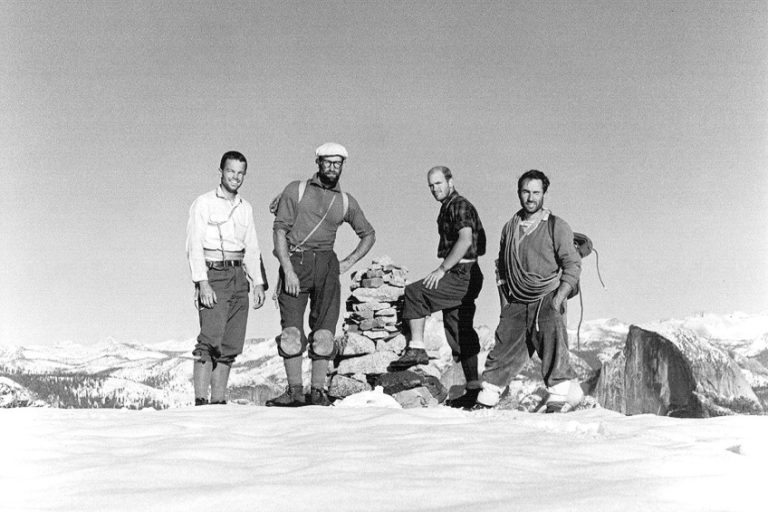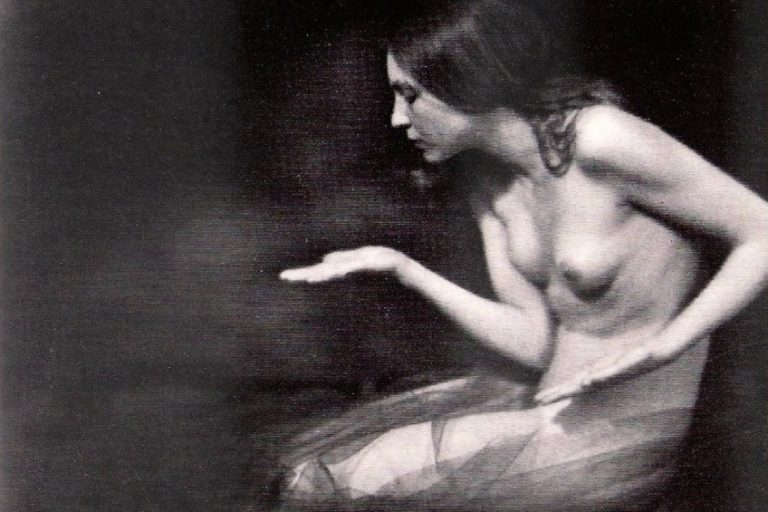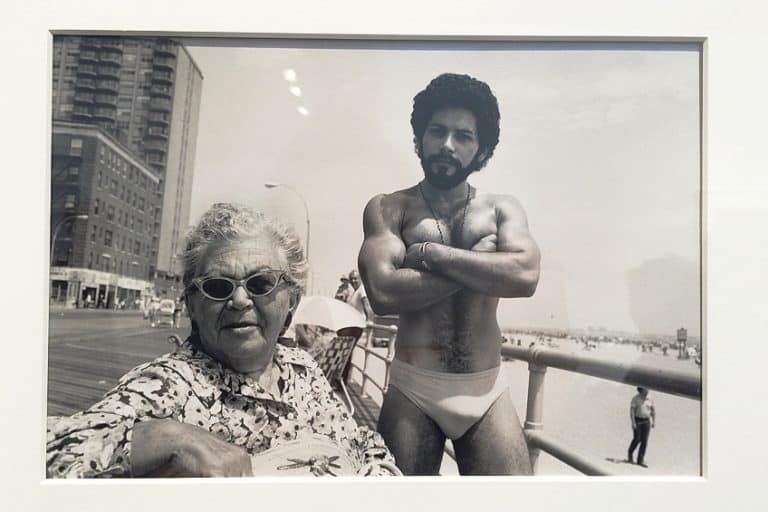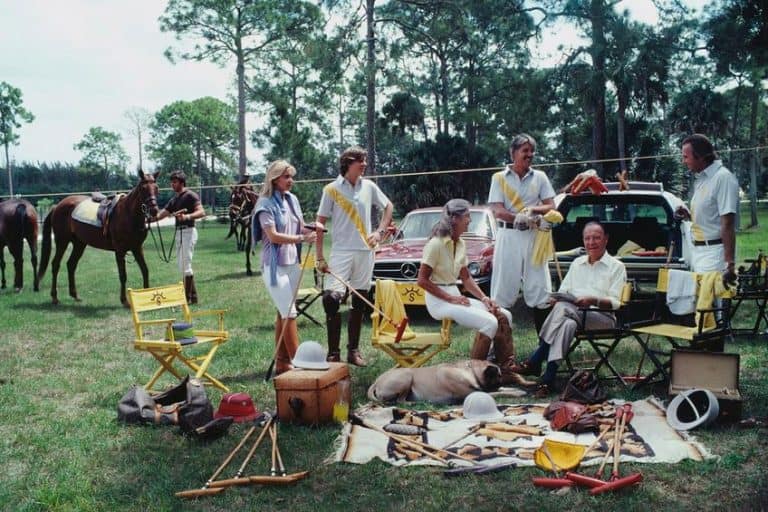Susan Mikula – Returning to the Origins of Photography
Susan Mikula is a contemporary American artist known for her captivating photography work that often explores themes of intimacy, nostalgia, and the human experience. Born in 1958, Mikula’s career has spanned decades and includes a diverse range of projects, from experimental Polaroid manipulations to large-scale color photographs. Her unique visual style and ability to evoke emotion through imagery have garnered her critical acclaim and a dedicated following in the art world.
Key Takeaways
- Susan Mikula employs traditional photography techniques using pinhole and Polaroid cameras.
- Her photographic works evoke a sense of nostalgia and are often considered cinematic.
- Mikula has a notable presence both in the art world and as a public figure due to her relationship with Rachel Maddow.
Susan Mikula: The Artist’s Journey
| Birth | March 7, 1958 |
| Death | Present |
| Place of Birth | New Jersey, United States |
| Genre of Work | Photography |
Susan Mikula is a recognized American artist and photographer known for her distinctive use of older photographic technology. Born in 1958, she worked in the art industry for many years before she exhibited her first solo photography exhibition in 1998. Her commitment to film photography, specifically through the use of pinhole and Polaroid cameras, sets her apart in a digital age, capturing the attention of both critics and enthusiasts. Mikula’s creative process emphasizes the raw and unaltered capture of the world around her, embracing the unpredictability and unique quality of her chosen mediums.

Her work has been described as cinematic and nostalgic, often stirring a sense of timelessness and emotion through the lens of her vintage cameras. In addition to her visual art, Mikula has also become known for her long-standing relationship with television host and political commentator Rachel Maddow. The couple’s union has been a subject of interest and they share residences in Massachusetts and New York. Mikula’s art has been exhibited in solo and group shows, and her pieces are held in both private and public collections.
Early Life and Education
Born on March 7, 1958, Susan Mikula spent her formative years in New Jersey before advancing her education at Hampshire College in Massachusetts. Her academic background laid a foundation for her future endeavors in both the arts and her initial professional work as an accountant.
Artistic Evolution and Technique
Mikula’s transition from the financial sector to the art industry was marked by her first solo exhibition in 1998. Unorthodox in her method, she focuses on using outdated technology like pinhole and Polaroid cameras.
Preferring natural light and eschewing digital enhancements, her photographs often feature motion blur and unique color palettes that reflect her mastery of exposure and color theory.
Themes and Inspirations
The central themes in Mikula’s photography are landscapes, everyday objects, and the subtle interplay of light and shadow. Her works, including series like American Bond and U.X, explore the beauty of the mundane and offer a contemplative take on subjects like the American landscape and industrial remnants. A notable project, Kilo, consists of images inspired by the land, light, and sea of Provincetown, Massachusetts.
Current Career
Mikula’s current career boasts numerous solo and group exhibitions, displaying her art in prominent cities such as New York City, San Francisco, Miami, and Los Angeles. Her photographs are part of the Art in Embassies program and have become permanent collections in multiple venues, continuing to engross audiences with their serene contemplation of the transient moments in life.
Cultural and Public Impact
Susan Mikula’s work has carved a distinct niche in the art world, leveraging vintage technologies to create photographs that challenge modern aesthetics and highlight the fleeting nature of light and industrial beauty.
Contributions to Photography
Mikula has established herself by using older photographic technologies such as pinhole cameras and Polaroid cameras to capture images that blend historical technique with contemporary subjects. Her choice of equipment, like the SX-70 Alpha 1 camera, which is considered antique, creates a bridge between past and present, emphasizing the temporal aspects of beauty in her art. She often explores the transformative effects of light on industrial landscapes, reaffirming photography’s roots as an art form responsive to technological advances.
Representation in Collections
Her art is not confined to private viewing but has also been absorbed into public collections. Susan Mikula’s photographs are included in various collections that underline the public’s recognition of her work.
For instance, some of her pieces are part of the US Embassy’s art collections through the US Department of State, indicating both the cultural significance and diplomatic value of her work.
Personal Life and Partnerships
In her personal life, Susan Mikula is known for her long-term partnership with Rachel Maddow, a political commentator. This relationship has at times brought additional attention to her work, thereby influencing public engagement with her art. They share residences in Massachusetts, Provincetown, and the West Village of Manhattan, places that have informed the backdrop and essence of Mikula’s work, embedding a sense of location into her exploration of light, time, and beauty.
Series and Notable Works
Susan Mikula’s body of work stands out for its introspective look at American landscapes and industrial scenes, often captured using older photographic technologies.
Exhibitions and Recognition
Mikula had her premiere solo photography exhibition in 1998 and has since made significant contributions to contemporary photography through her series. One of her notable series is American Bond, which showcases abandoned industrial sites across the United States. The series is an expanded narrative, capturing the structures that once fueled America’s economy.
Another important work is her book, Kilo, released to accompany her solo presentation at Volta13 Basel in Switzerland. This book features photographs that echo Mikula’s thematic focus on industrialism and abandonment. The U.X series is part of her body of work presented at the George Lawson Gallery.
This series consists of prints that play with light and detail to create an enigmatic mood, emphasizing the aesthetic of decaying technology and structures.
Mikula has also explored celestial themes in a series titled Moons of Neptune, where she uses her photographic techniques to interpret the moons of the distant ice giant planet. Each piece from this series reflects a different Neptune moon, named and famed for its unique visual representation.
Her series, Ladies Day on the Range, diverges from industrial and celestial themes, presenting a more poignant look into interpersonal dynamics and gender roles. Mikula’s work has been recognized and collected both privately and by institutions, affirming her place in the contemporary art landscape.
Beyond the Camera
Susan Mikula’s influence extends beyond photography into literature, art communities, and mentorship. This engagement showcases her multifaceted role in the broader scope of contemporary art.
Artistic Presence in Literature and Interviews
Susan Mikula’s work and perspective have been featured in multiple interviews and literary works, reflecting her significance in the art world. Her interviews often shed light on her creative process and artistic philosophy. Mikula’s bibliography includes discussions of her use of vintage Polaroid cameras and explorations of themes like time, decay, and the abstract. Her dialogue with the literary community adds depth to the understanding of her artwork and provides insightful commentary on her techniques and inspirations.
Engagement With Art Communities
Mikula has a solid relationship with various art communities, particularly those on the Outer Cape. Her exhibitions at places such as the Rice Polak Gallery, the Provincetown Arts Society, and the Tj Walton Gallery enhance her involvement with these communities.
As a member of these communities, she contributes to the cultural landscape, drawing on the history and influences of the region, such as the artistic legacy of Hans Hofmann.
- Education contributions: Serving on an art jury and participating in educational functions showcases her dedication to arts education.
- Art community during COVID-19: Throughout the COVID-19 pandemic, Mikula’s role in the art community has further emphasized the importance of art as both a personal sanctuary and a means of maintaining community connections.
Influence and Teaching
Susan Mikula has become an influential figure to up-and-coming artists, offering a distinct example of how to merge traditional techniques with modern aesthetics. She teaches through example, as her work embodies her ethos of engaging directly with the physical aspects of photography. By using older photography technologies and being actively involved in the art scene, she acts as an informal mentor, encouraging others to explore and preserve classic photographic methods in a digital age.
Through her influence, Mikula inspires others to also look beyond the camera, considering how the artist’s vision can transform photography into a cross-disciplinary art form.
Susan Mikula Today
Susan Mikula continues to maintain her reputation as a distinguished American artist and photographer. Known for embracing older photographic technologies, she often employs pinhole cameras and Polaroid cameras in her work, creating a sense of nostalgia and timelessness. Her photographic technique sets her apart in a digitized world where the immediacy of digital photography is the norm.
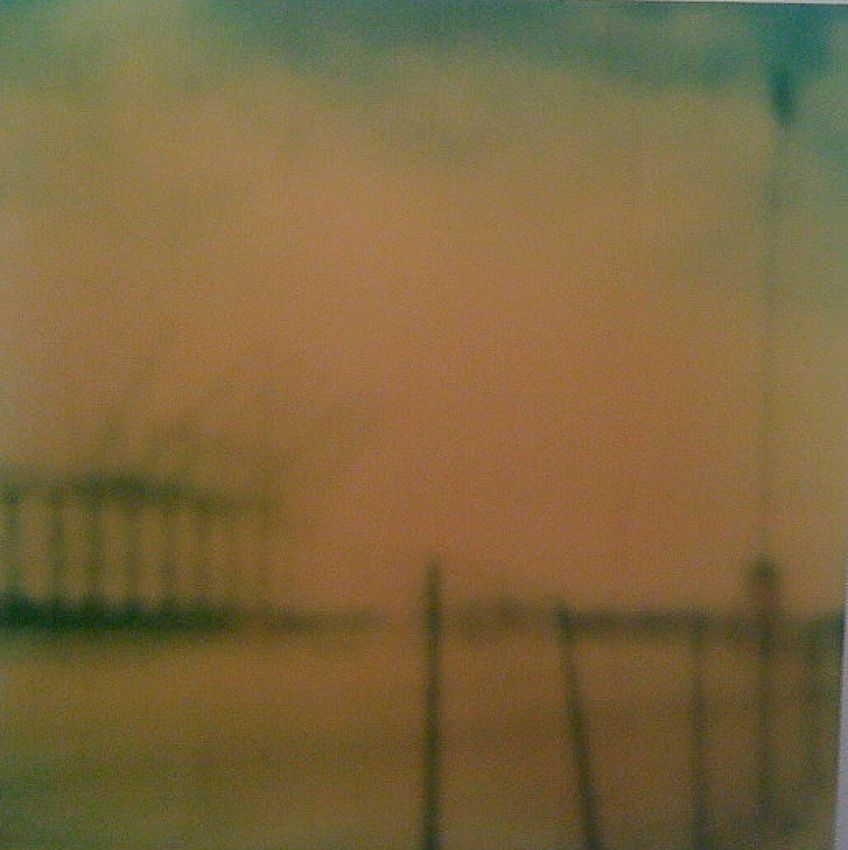
In the realm of exhibitions, Mikula’s work continues to be showcased, indicating her active engagement with the art community. With her first solo photography exhibition taking place in 1998, Mikula has since been involved in the art industry, not just as an artist but also serving on art juries. Despite personal challenges, including Maddow’s disclosure of Mikula’s battle with COVID-19, Mikula’s prominence in the art world remains steadfast. She is recognized for her unique approach to photography that captures the essence of a moment and the experience of presence within a space.
Susan Mikula’s artistic journey is a testament to her innovative spirit and unwavering dedication to exploring the complexities of human existence through photography. From her early experiments with Polaroids to her current body of work, Mikula’s ability to capture moments of intimacy and nostalgia continues to resonate with audiences worldwide. Her contributions to contemporary art not only showcase her technical skill but also her profound understanding of the human experience, making her a significant figure in the art world today.
Frequently Asked Questions
What Type of Art Is Susan Mikula Known For?
Susan Mikula is recognized for her unique photographic art. She often employs older photographic technologies, such as pinhole cameras and Polaroid film, to create her works. Her style is characterized by a nuanced use of available light and the portrayal of temporal passage in her imagery.
How Did Susan Mikula Start Her Career in Photography?
Mikula began her career in photography after gaining experience in the art industry and serving on an art jury. She had her first solo photography exhibition in 1998. Mikula’s approach to photography, using outdated equipment and scarce film stocks, distinguishes her initial journey into the professional world of art.
How Has Susan Mikula Influenced Contemporary Photography?
She has influenced contemporary photography through her unconventional use of technology and technique. Mikula’s commitment to analog processes in a digital age challenges the status quo and highlights the importance of traditional methods. Her work brings a fresh perspective to visual narratives and has the potential to inspire contemporary photographers to explore the medium’s boundaries.
Isabella studied at the University of Cape Town in South Africa and graduated with a Bachelor of Arts majoring in English Literature & Language and Psychology. Throughout her undergraduate years, she took Art History as an additional subject and absolutely loved it. Building on from her art history knowledge that began in high school, art has always been a particular area of fascination for her. From learning about artworks previously unknown to her, or sharpening her existing understanding of specific works, the ability to continue learning within this interesting sphere excites her greatly.
Her focal points of interest in art history encompass profiling specific artists and art movements, as it is these areas where she is able to really dig deep into the rich narrative of the art world. Additionally, she particularly enjoys exploring the different artistic styles of the 20th century, as well as the important impact that female artists have had on the development of art history.
Learn more about Isabella Meyer and the Art in Context Team.
Cite this Article
Isabella, Meyer, “Susan Mikula – Returning to the Origins of Photography.” Art in Context. May 9, 2024. URL: https://artincontext.org/susan-mikula/
Meyer, I. (2024, 9 May). Susan Mikula – Returning to the Origins of Photography. Art in Context. https://artincontext.org/susan-mikula/
Meyer, Isabella. “Susan Mikula – Returning to the Origins of Photography.” Art in Context, May 9, 2024. https://artincontext.org/susan-mikula/.


